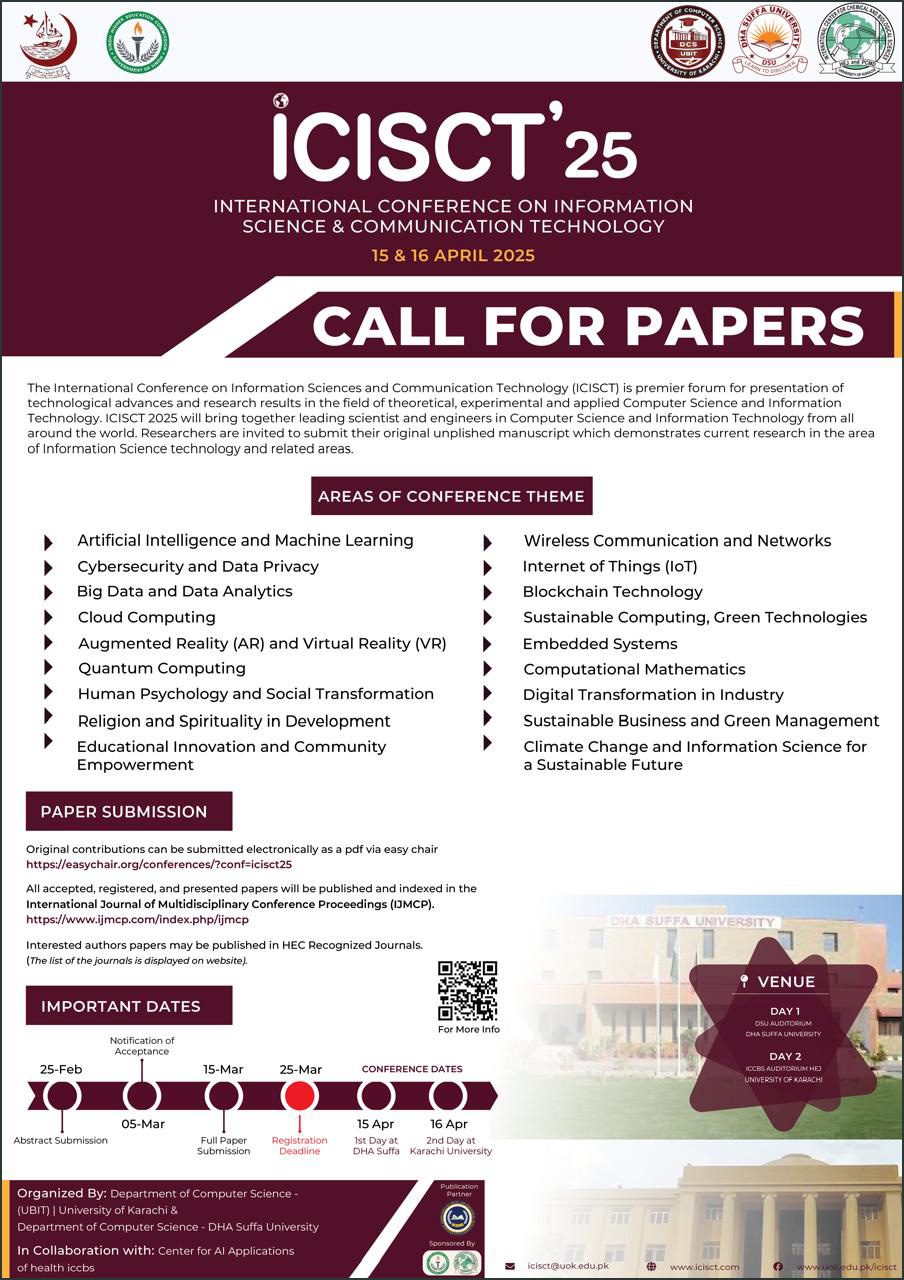AI-Powered Botnet Detection and Mitigation: Advancing Network Security Through ML and Federated Intelligence
DOI:
https://doi.org/10.61503/Ijmcp.v2i1.205Keywords:
C&C evasion, Botnet Detection, AIDriven Cybersecurity, Deep Learning.Abstract
Botnets have continued to grow as sophisticated cyber threats, deploying decentralized architectures and encrypted command-and-control (C&C) channels, as well as adaptive evasion techniques. Signature and heuristic methodologies of detection have always been reluctant to counter next-gen botnets, thus calling for the integration of AI-driven methodologies. The study discusses state-of-the-art AI techniques: deep learning (DL), graph neural networks (GNNs), and reinforcement learning (RL) concerning proactive detection and mitigation of botnets. Also, an ensemble learning framework is proposed, combining Federated learning (FL) which provides an interesting, decentralized approach whereby AI model training occurs in a distributed manner, remaining data-private. The research explores adversarial AI threats and countermeasures such as adversarial training and robust feature selection to increase model resilience against adversarial botnets. The experimental findings confirm that the AI-based detection systems successfully identify polymorphic botnets with greater precision and recall, evaluated over benchmark datasets and real-world network traffic. The current study extends the advancement of AI-based cybersecurity by coupling self-learning algorithms, adaptive defense strategies, and blockchain-based trust mechanisms for resilient botnet mitigation in dynamic network environments









